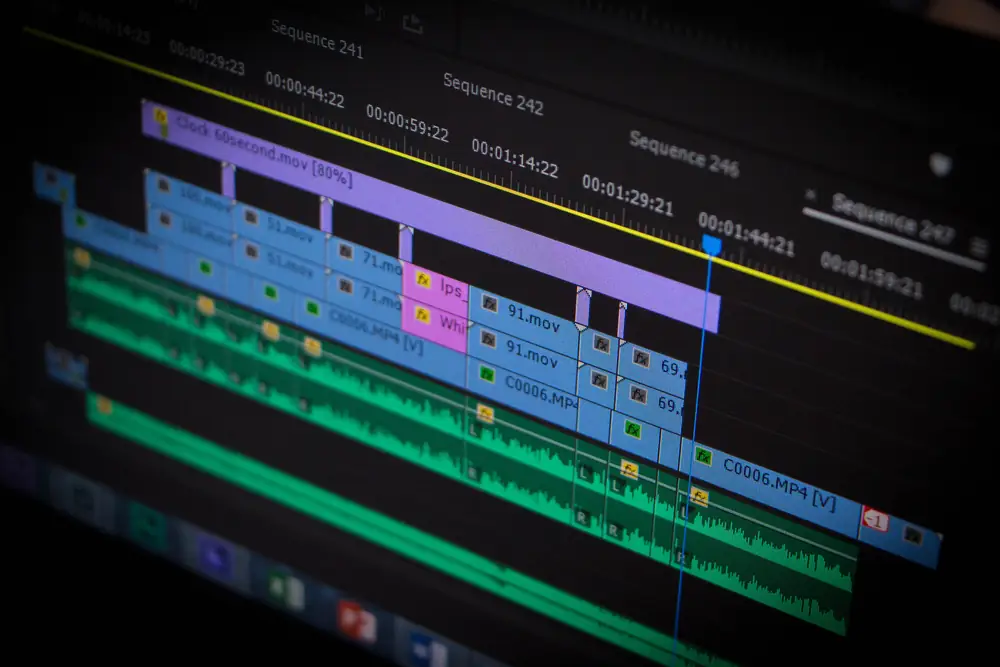As businesses race to conquer international markets in an increasingly interconnected world, translation has evolved from a peripheral task into a vital lifeline for success. Yet, for project managers, product leads, and operations teams constantly interfacing with vendors, the experience often resembles navigating a murky black box: you submit assets, hold your breath, and await outcomes with crossed fingers. What if transparency could shatter that barrier, converting guesswork into precision? Modern translation workflows, driven by innovative tools, do exactly that—unveiling processes while yielding real efficiencies in time and budget. Backed by industry data and practical examples, this piece delves into how abandoning antiquated methods can elevate your localization strategy.
The Hidden Frustrations of Traditional Translation Workflows
Picture this: You're a product manager launching a new app in multiple markets. You email a batch of strings to your translation vendor, only to receive questions days later about context or terminology. Files bounce back and forth via attachments, versions get mixed up in shared drives, and suddenly you're chasing updates on Slack or endless email threads. Progress? It's anyone's guess until the deadline looms.
These aren't isolated headaches—they're systemic issues in traditional translation setups. Common pain points include:
File Chaos and Version Control Nightmares: Without a centralized system, documents are shuttled between teams, leading to duplicates, outdated versions, and costly rework. A study from CSA Research highlights that up to 20% of translation efforts can be wasted on fixing inconsistencies from poor version management.
Opaque Progress Tracking: You submit a project and enter radio silence. No real-time visibility means you're left guessing timelines, which disrupts your own planning and can delay product releases.
Inefficient Communication: Endless back-and-forths via email or calls erode productivity. Operations personnel often spend hours clarifying ambiguities, pulling them away from strategic work.
Inconsistent Quality and Terminology: Without shared resources, brands risk mismatched phrasing across materials, damaging credibility in international markets.
These inefficiencies add up. According to research from Nimdzi Insights, disorganized workflows can inflate project timelines by as much as 30%, turning what should be a streamlined process into a resource drain.
Breaking Open the Black Box with Modern Solutions
The good news? You don't have to live with this anymore. Modern Translation Management Systems (TMS) and Client Portals are revolutionizing how teams handle localization. A TMS acts as a central hub, automating and orchestrating the entire workflow—from content submission to final delivery. Think of it as your command center for multilingual content, integrating tools like translation memory (TM) for reusing past work and glossaries for consistent terminology.
Client Portals, often built into advanced TMS platforms, take transparency a step further by giving you direct access to the process. No more waiting for status emails; you log in and see everything in real time.
Companies like Artlangs Translation, with over a decade of focus on high-quality localization and a track record of successful projects for global brands, have mastered this approach. Specializing in more than 230 languages, Artlangs leverages these systems to turn complex translations into seamless experiences, drawing from their extensive case studies in industries like tech and e-commerce.
What a Transparent Workflow Looks Like in Action
Imagine submitting your content through a secure portal where it's automatically analyzed for reusable segments from previous translations. Linguists access it instantly, with built-in tools for collaborative review. You get notifications for milestones, and dashboards show progress bars, task assignments, and even quality metrics.
Key features that make this possible include:
Real-Time Progress Tracking: Dashboards update live, so you know exactly where your project stands—down to the word count completed.
Online Collaborative Review: Teams can comment, suggest edits, and approve changes in-context, all within the platform, slashing communication delays.
Shared Terminology and Memory Libraries: Centralized glossaries ensure brand consistency, while translation memories reuse approved phrases, speeding up future projects.
Automated Reporting: Get instant insights on costs, turnaround times, and efficiency metrics, helping you refine processes over time.
To visualize this, many providers offer demo videos on their sites showing side-by-side comparisons: the clunky email chain versus a sleek, interactive portal. In one Artlangs case study, a tech client saw their review cycles halved by switching to such a system, allowing in-house experts to collaborate directly with translators without leaving their desks.
The Numbers Don't Lie: Quantifying the Value
Transparency isn't just about feeling in control—it's about bottom-line impact. Industry data backs this up. According to a report from Grand View Research, the global TMS market is exploding, valued at $2.16 billion in 2024 and projected to hit $5.47 billion by 2030, growing at a compound annual rate of 17.2%.
Specific savings include:
Time Reductions: Automation in TMS can cut project management time by 20-30%. For instance, one company using a TMS reported handling 30% more projects with the same team, thanks to streamlined workflows.
Shorter Project Cycles: By reusing translation memories, turnaround times drop significantly—often by 25-40% for repeat content, as seen in case studies where revenue grew 25% due to faster market entry.
Terminology Consistency and Error Reduction: Advanced terminology management reduces inconsistencies by up to 50%, minimizing costly revisions and ensuring brand integrity across languages.
Cost Savings: Overall, businesses report 20% lower project costs through automation and reuse, with some seeing 40% more recurring business from improved quality. These aren't hypotheticals; they're drawn from real implementations, like those at Artlangs, where clients in diverse sectors have achieved similar gains through their robust, multi-language expertise.
Ready to Illuminate Your Translation Process?
If you're tired of the black box draining your time and budget, it's time to embrace transparency. A modern TMS or client portal isn't just a tool—it's a strategic advantage that aligns your localization with business goals.
Don't let outdated workflows hold you back. Contact Artlangs Translation today to explore tailored solutions that leverage their years of expertise, proven case studies, and proficiency in over 230 languages. Whether you're scaling a product launch or managing ongoing content, their transparent approach could be the key to unlocking efficiency and growth. Reach out now—your next project (and your sanity) will thank you.











